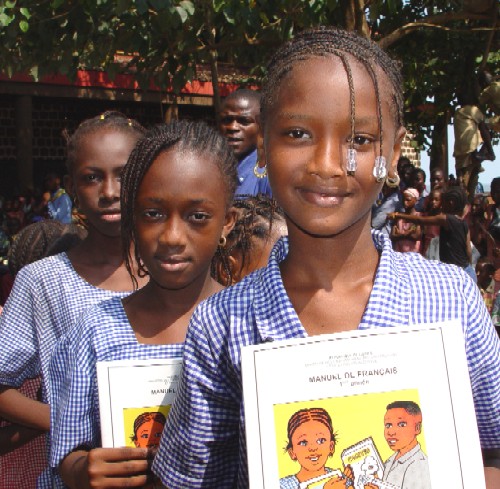
The Internet and communication technologies have been a major force of empowerment for women in the last two decades.
But will the world wide web help women have access to equal opportunity, particularly in developing countries, where an ancient web of social pressures, economic challenges, tribal structures and political inaction has prevented women from realizing their full potential as citizens of the modern age.
A new UN report on the state of broadband 2015 says achieving gender equality in access to broadband is essential for empowering women and girls through equal access to new technologies to acquire ICT skills and better-paid jobs, to access information, to redress some of the inequalities women face in their everyday lives, and to enjoy the same opportunities as their male counterparts.
Gender equality is considered and recognized by the world body’s development agenda as a vital enabler of true and equitable development.
The report finds that in low- and middle-income countries, women are 21% less likely to own a mobile phone than men. Likewise, across the developing world, nearly 25% fewer women than men have Internet connectivity, and this gap rises to nearly 50% in some parts of sub-Saharan Africa17. These gaps limit the potential of ICTs for women and girls and perpetuate inequalities between boys and girls, some of which start from a very young age.
Warning of the consequences of failure, the report says “if women and girls are unable to enjoy the same access to broadband and ICTs, including the availability of relevant content, they will find themselves at a serious disadvantage in becoming fully literate, accessing skilled jobs, learning about and exercising their rights, and participating as citizens in public and policy-making processes.”
An estimation of Internet usage says there were 1.3 billion female Internet users by 2013, compared with 1.5 billion men and boys online, equivalent to a global digital gender gap of some 200 million fewer women and girls online in 201319.

Guinea schoolgirls Photo: Wikimedia Commons
This gender gap was more pronounced in the developing world, where 16% fewer women than men used the Internet, compared with only 2% fewer women than men in the developed world.
As witnessed at several places, it is clear that the information and communication technologies have the potential to alleviate some of the barriers faced by women, including illiteracy, poverty, time scarcity, lack of mobility, cultural and social norms, and limits on participation in decision-making.
Findings reveal that in some countries, cultural norms can include surveillance of women’s physical and social mobility or preventing women from accessing and using ICTs, including relevant content. To achieve equality and combat these restraints, more girls and women need to be involved both as consumers and creators of technology, the study emphasizes. It is critical to find ways to mobilize and empower girls and women to participate in designing, building and leading “our shared digital future.”
But not all is hopeless. In fact, there are some encouraging signs that indicate potential for change.
For instance, opportunities for girls to receive education have expanded significantly over the past several decades. From 1970 onwards, female enrollments have increased faster than those for males at all education levels. Today, the proportion of girls enrolled in primary and secondary schools equals or surpasses the proportion of boys in many countries.
“Now, more women and girls are accessing education than ever before, and these gains are translating into improved social and economic opportunities – from 1980 to 2008, 552 million women joined the workforce, and today, 4 out of every 10 workers are female.”
Yet, a spate challenges remains, particularly the quality of education girls receive are likely to receive in rural areas, developing countries, undemocratic societies and in different geographical regions.
Perhaps, as found by the study, the most troubling challenge is the fact that broadband Internet is failing to reach billions of people living in the developing world, including 90 per cent of those living in the poorest nations.
According to The State of Broadband,, 57 per cent of the world’s people remain offline and unable to take advantage of the enormous economic and social benefits the Internet can offer.
The report comes ahead of this week’s summit in New York, where world leaders will adopt the 2030 Agenda including new Sustainable Development Goals (SDGs), stresses that access to information and communication technology (ICT), particularly broadband Internet, has the potential to serve as a major accelerator of development. The importance of ICT connectivity is specifically recognized in the SDGs.
Commendably, the report identifies some of the roadblocks in the way of women’s empowerment, which, of course, are not confined to just one aspect but relate to political, social and economic complexions of societies.
The solution lies, not just in governmental steps towards maximizing access to education or use of information technologies for women, but also in raising awareness about the quality of education for girls at the right early age, so that they are not disadvantaged, when it comes to competitiveness in professional fields. Secondly, there is the big economic imperative as proved by participation of women the economic progress of developed countries. The core point for policy makers and political leaders therefore should be that women’s empowerment with education and information technologies ultimately gives society a crucial economic edge in the information-driven era.


















This information is priceless. When can I find out more?